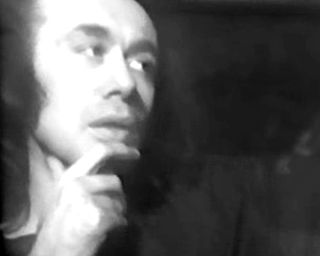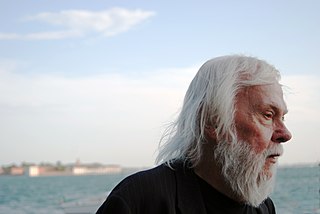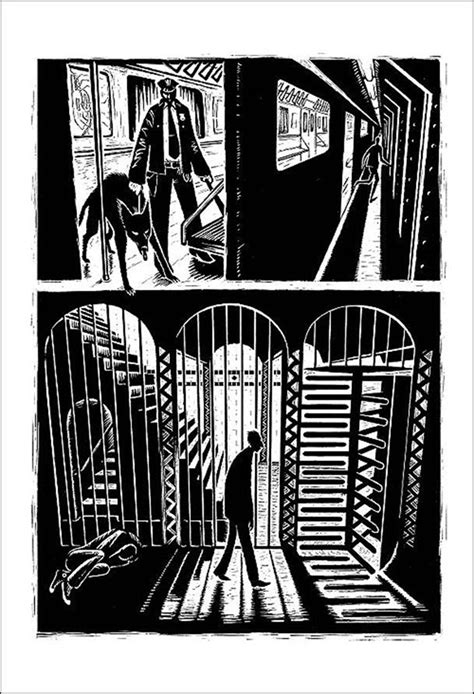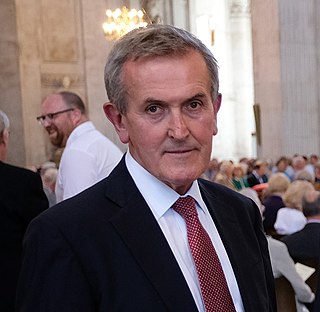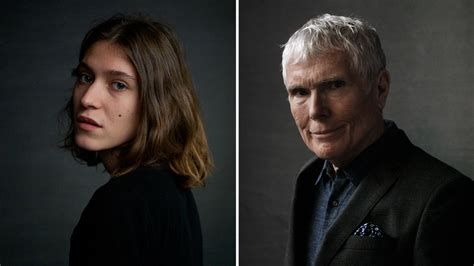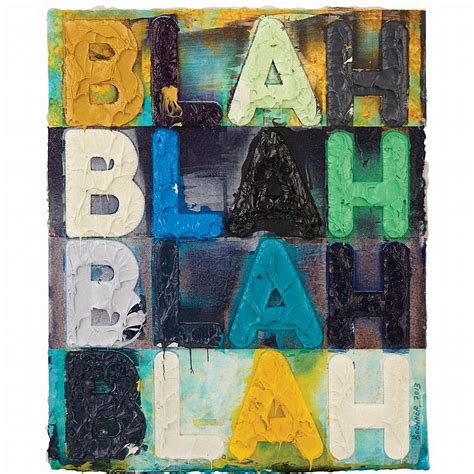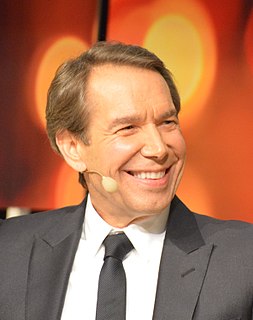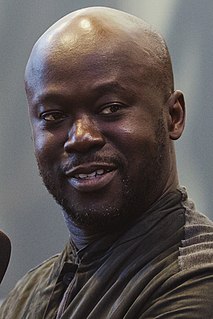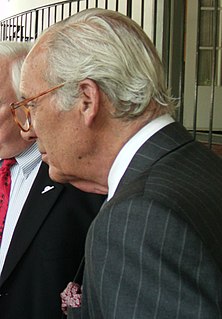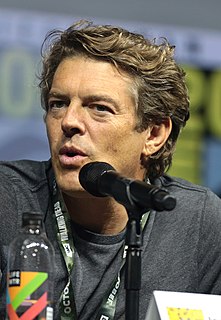A Quote by Helmut Newton
Some people`s photography is an art. Mine is not. If they happen to be exhibited in a gallery or a museum, that`s fine. But that`s not why I do them. I`m a gun for hire.
Related Quotes
The idea was to take fine art and put it into the location of the movie scripts. The script itself is collage - some of the lines come from actual movies and I've written others to make the text work with the found image. In this way, the details of old dead guys' paintings (from the collection of the Städel Museum in Frankfurt, where this work will be exhibited in relation to the historical paintings) become illustrations of the movie scripts. I found this mélange of high art and Hollywood amusing.
My education in the arts began at the Cleveland Museum of Art. As a Cleveland child, I visited the museum's halls and corridors, gallery spaces and shows, over and over. For me, the Cleveland Museum was a school of my very own - the place where my eyes opened, my tastes developed, my ideas about beauty and creativity grew.
I went to art school... but I worked at the Museum of Modern Art. I worked in fundraising at the information membership desk. I ended up, over a period of time, doubling the amount of membership revenue that came in through people entering the museum, so people would ask me to come and work for them.
I'm noticing a new approach to art making in recent museum and gallery shows. It flickered into focus at the New Museum's 'Younger Than Jesus' last year and ran through the Whitney Biennial, and I'm seeing it blossom and bear fruit at 'Greater New York,' MoMA P.S. 1's twice-a-decade extravaganza of emerging local talent.
The museum in D.C. is really a narrative museum - the nature of a people and how you represent that story. Whereas the Studio Museum is really a contemporary art museum that happens to be about the diaspora and a particular body of contemporary artists ignored by the mainstream. The Studio Museum has championed that and brought into the mainstream. So the museums are like brothers, but different.
Growing up in the '70s and '80s when my dad had an art gallery, one of the things that frustrated me was the world seemed so tiny, and to appreciate contemporary art, you needed a history of art, a formal education. I was more interested in the people, and that's why I went into the movie business in the first place.

